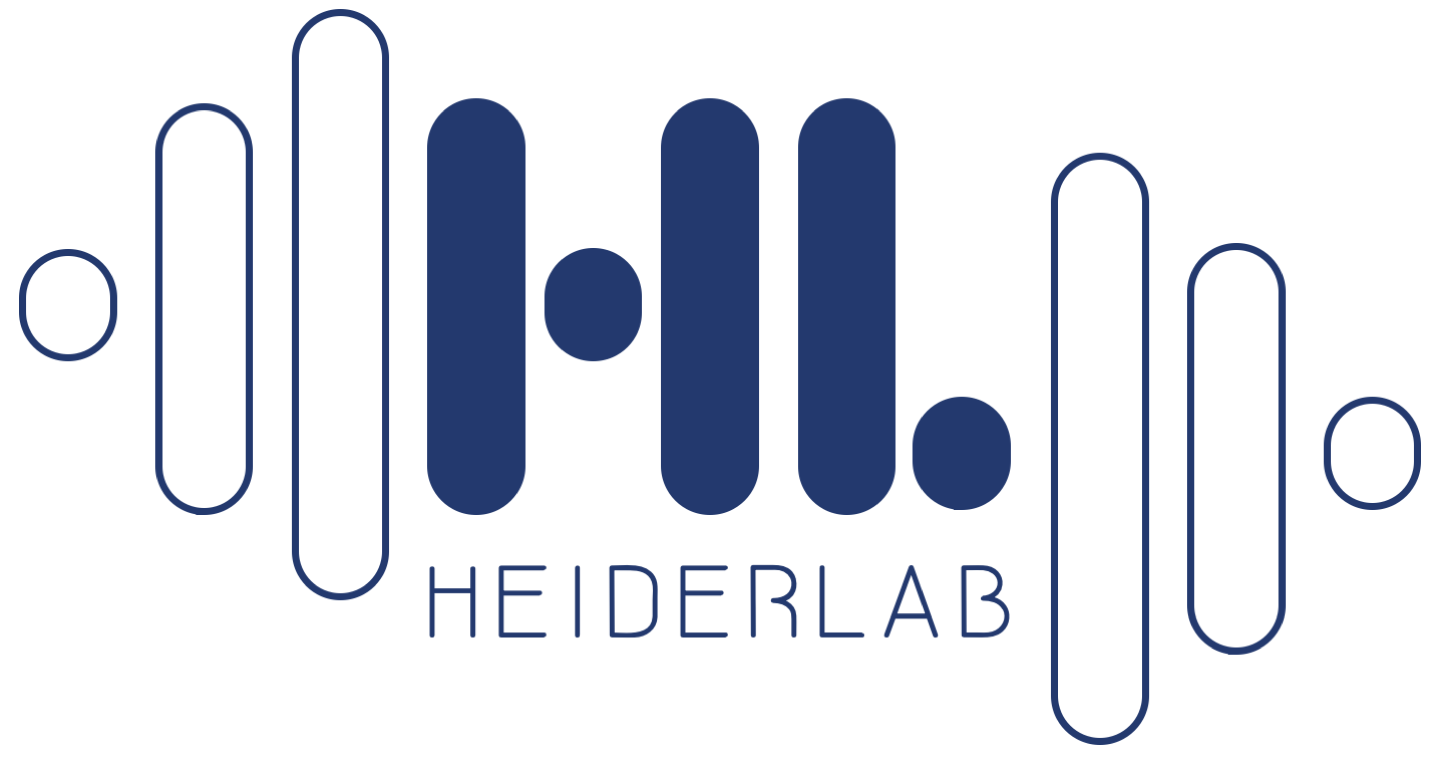New publication!
Our new article has been accepted in Scientific Reports:
Wagner D, Heider D, Hattab G. Mushroom data creation, curation, and simulation to support classification tasks. Scientific reports. 2021 Apr 14;11(1):1-2. (Link)
Abstract
Predicting if a set of mushrooms is edible or not corresponds to the task of classifying them into two groups—edible or poisonous—on the basis of a classification rule. To support this binary task, we have collected the largest and most comprehensive attribute based data available. In this work, we detail the creation, curation and simulation of a data set for binary classification. Thanks to natural language processing, the primary data are based on a text book for mushroom identification and contain 173 species from 23 families. While the secondary data comprise simulated or hypothetical entries that are structurally comparable to the 1987 data, it serves as pilot data for classification tasks. We evaluated different machine learning algorithms, namely, naive Bayes, logistic regression, and linear discriminant analysis (LDA), and random forests (RF). We found that the RF provided the best results with a five-fold Cross-Validation accuracy and F2-score of 1.0 (?=1, σ=0), respectively. The results of our pilot are conclusive and indicate that our data were not linearly separable. Unlike the 1987 data which showed good results using a linear decision boundary with the LDA. Our data set contains 23 families and is the largest available. We further provide a fully reproducible workflow and provide the data under the FAIR principles.

